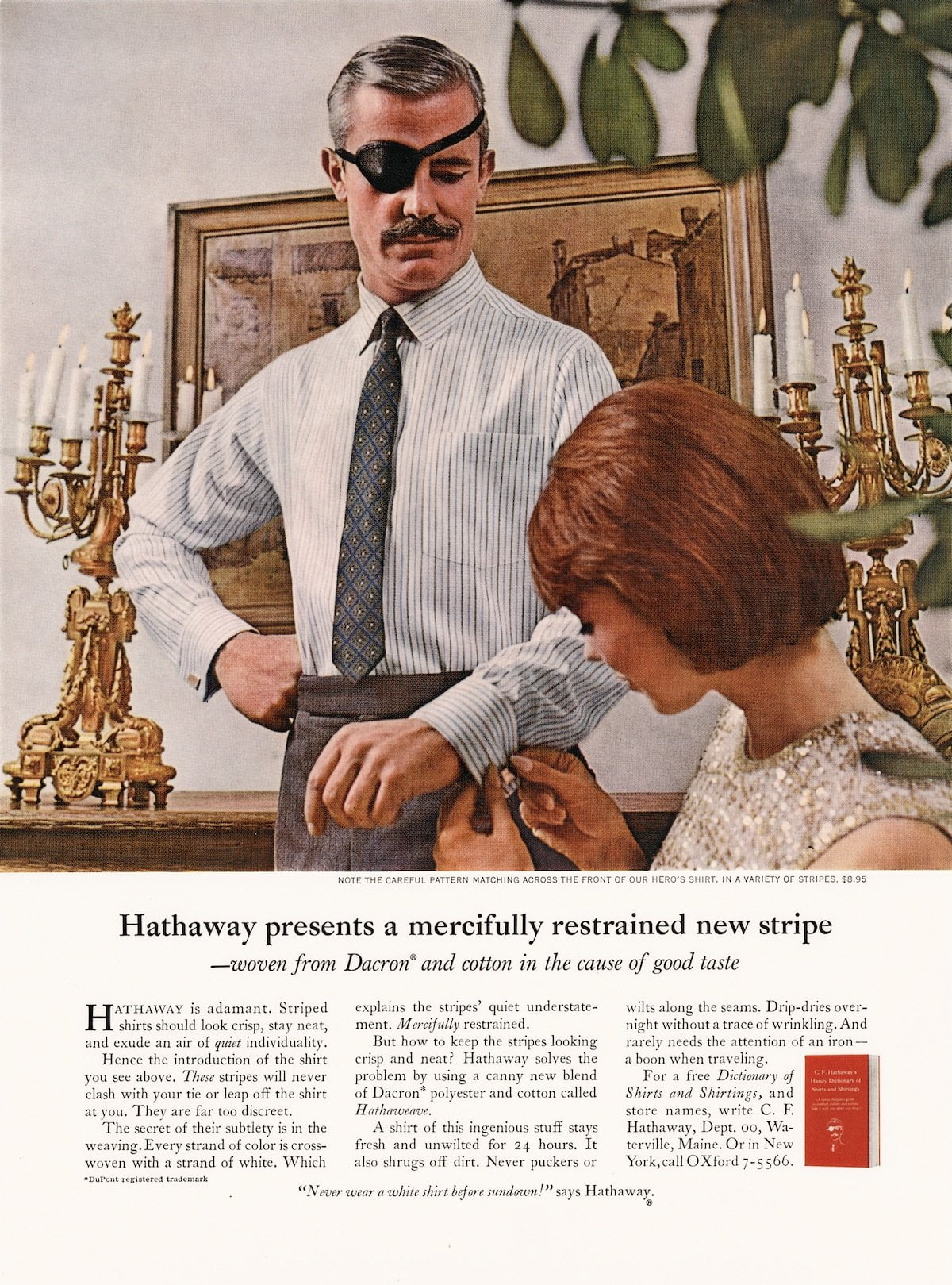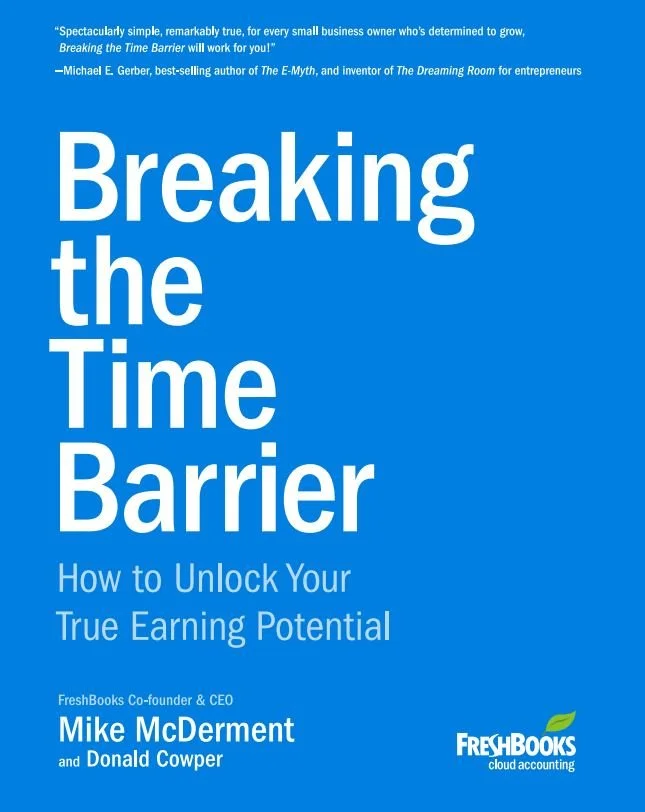If you don’t know who David Ogilvy is, you’ve definitely been living under a rock.
He’s one of the greatest advertisers that’s ever lived, and odds are that you use many of the strategies he pioneered without knowing it.
Ogilvy is often coined the father of modern advertising because of this.
The techniques he developed decades ago still work just as well today.
For those who don’t know David’s story, let me quickly explain.
Mr. Ogilvy was born in Surrey, England on June 23rd, 1911 to a scholar and civil servant.

He went on to attend schools like St. Cyprian’s, Fettes College, and Oxford University thanks to scholarships he won.
But school wasn’t for him.
That’s why he left for Paris in 1931 to become a chef in Hotel Majestic.
Unfortunately, that didn’t work out either, so he went to Scotland to become a door-to-door salesman.
He was very good at selling, so much so that his employer had him write an instruction manual on the product itself.
David’s older brother read the manual and showed it to the management team at the advertising agency Mather & Crowther where he worked.
They liked it so much that they instantly hired David on the spot as an account executive!
His personal agency, Ogilvy & Mather, sprouted from this relationship and became one of the best advertising agencies of all time.
But what we can learn from David and his story to become better marketers?
Keep reading to find out.
1. The goal of copy is to sell, not entertain
There are two camps in copywriting: those that wish to sell and those that wish to entertain.
And let me tell you something. The people you entertain are not going to buy your product. They will laugh or smile at your advertisement because that’s the goal and forget about it two seconds later.
However, advertisements written to sell include calls to action, lead magnets, emotions, and other elements that can drive actual revenue.
David Ogilvy was a big advocate that selling needs to be the biggest priority for advertisers.
I’ll give you a real-life example. Have you ever seen those simple and sometimes ugly landing pages that seem to go on forever?

Despite them looking like they are straight out of the 1990’s, they convert really damn well.
This is because they are designed to sell. There are no fancy designs, styling, CSS, or any other distracting mumbo jumbo.
Next time you’re writing sales copy, designing a landing page, or doing any other form of advertising, always realign your mindset to selling.
You might find yourself getting lost in designing a graphic, tweaking color, or another minuscule task.
Ask yourself “Does this help sell the product?” and you’ll save time while producing better ads every time.
2. You can’t bore people into buying a product
Advertisements need to be exciting. They need to be emotional.
David believed you couldn’t bore a consumer into buying a product. Vague and uninteresting ads will only make people flip to the next page.
So, how can you excite consumers into buying a product?
One of the best ways is by using images to your advantage.
Check out this ad David wrote for the fashion brand Hathaway:

The man with an eyepatch wearing a Hathaway dress shirt remains as one of the most iconic advertisements ever created.
Note that none of the copy talks about this mysterious man, who he is, and why he was wearing an eyepatch.
It was up to the reader’s imagination!
This catches your attention, gets you curious, and you naturally dive into the copy to figure out an answer.
Another famous copywriter, Claude Hopkins, once said that images are salespeople.
Use photos to get peoples attention or to allow them to see themselves using the product.
3. The consumer isn’t a moron, she’s your wife
Let me tell you a personal story.
One evening I was out at a local bar doing a business mastermind meetup.
Live music was playing, we were cracking jokes, talking about copy, you name it.
Our one friends worked with super affiliate marketers who made five to six figures per day promoting weight loss pills, skincare products, etc.
He went on to say that a lot of these super affiliates view the people they market towards as pure idiots.
People that want quick fixes, no hard work, and don’t bother to read the fine print.
David Ogilvy believed that this is a very poor way to approach marketing because you’re belittling consumers and the everyday person.
The reality is that the average consumer is your wife, friend, family, colleague, etc.
Nowadays people have more resources than never to make informed decisions through social media and review sites.
This is why you should never speak down towards a consumer in advertisements, but rather relate to their situation.
Check out this landing page for a male diabetes book to see what I mean:

They mention some of the side effects of having diabetes that readers are probably experiencing themselves.
Note how the copy also states “Both miss the real problems men face.” after mentioning cookbooks, superfoods, and health fads.
This relates to the consumer’s situation on a personal level by explaining they understand that people don’t get their pain.
4. Your campaign needs to have a BIG idea
If you look at any advertisement that David Ogilvy wrote, it was always centered around a big idea.
It was never a simple advertisement with basic copy and a stock photo.
Here’s are two advertisements he made for Mustang and Mercedes Benz, for example:

The Ford Mustang ad features a beautiful side profile of the car along with a boxing glove. The Mustang emblem sits on top with the headline “Strike a blow for originality!”
The copy beneath says “Still the original and lowest-priced car of its kind with bucket seats.” implying it’s affordable, powerful, and has great features.
The Mercedes Benz ad uses the question “What have all those Mercedes-Benz racing engineers been doing since Mercedes-Benz get out of racing?” in the headline.
The copy for the ad goes on to explain that Mercedes has been putting the same effort and technology into their productions car as they did for the racing models.
Once again David takes the product and makes it into a bigger concept to help sell it.
Next time you go to write copy or develop an ad, try to find a way to revolve it around an interesting and relevant anchor.
5. Never run ads you wouldn’t want your family to see
It’s not uncommon for entrepreneurs to throw out their morals and values to make big bucks.
David didn’t believe in that, though.
He was a strong advocate of only running advertisements that you were proud of ethically and quality-wise.
When you imagine your friends and family seeing the work you do, it places more responsibility on your shoulders but in a good way.
It kicks your butt into gear because you want other people to like what you create and be impressed by it.
Additionally, if you feel embarrassed or ashamed of something you do in business, it probably means it goes against your morals and ethics.
6. Agencies waste too much of their client’s budget
Ogilvy stated in his book Confessions of an Advertising Man that he believed advertising firms often wasted client’s money through repeating mistakes and not performing enough research.
This is why you need to learn from your past client projects to have a better service for future customers.
I always like to reflect back on every client relationship I have to think about what I could’ve done better.
This allows me to generate further results for the next client, improve workflow, and avoid errors I made.
Similarly, copywriters and advertisers need to split test more to find winning combinations. 60% of companies believe A/B split testing plays a large role in conversion rate optimization.
In terms of copywriting, it’s easy to split test calls to action, headlines, formats, designs, and other elements.
You may very well find a combination that generates much more leads, revenue, or traffic than others. This means your client is more satisfied and you get an epic case study to show off.
I would also like to make a note on value-based pricing. This is something I learned from a free book by Freshbooks called Breaking The Time Barrier.

The main concept of the book is that marketers should break away from charging hourly rates and focus on per-project fees.
This makes invoicing simpler and you can set rates relative to the results you produce.
For example, imagine you charged $10,000 for a landing page and it resulted in $100,000 in sales for the client.
That’d be one hell of an ROI!
I wanted to bring this up because I believe it aligns with David Ogilvy’s philosophy.
Copywriters should charge an amount that is fair for both them, the client, and the potential outcome of the project.
Final thoughts on David Ogilvy
Mr. Ogilvy is easily one of my biggest inspirations as a copywriter and marketer.
I believe that every entrepreneur can improve their skills and projects by implementing his strategies.
Here are the main takeaways from today’s article that you can start applying to your next advertisement:
- The goal of copy is to sell. While you can add stories, interesting images, and other elements, always focus on selling the product first.
- Make your advertisements entertaining or you risk boring the consumer into not buying the product.
- Don’t belittle or treat consumers poorly because you’re the advertiser.
- Center an ad around a bigger idea or concept like Ogilvy did with Ford and Mercedes Benz.
- Only work on projects that align with your morals, values, and interests.
- Don’t waste your client’s budget. If anything, split test and find ways to get the most results for them.














